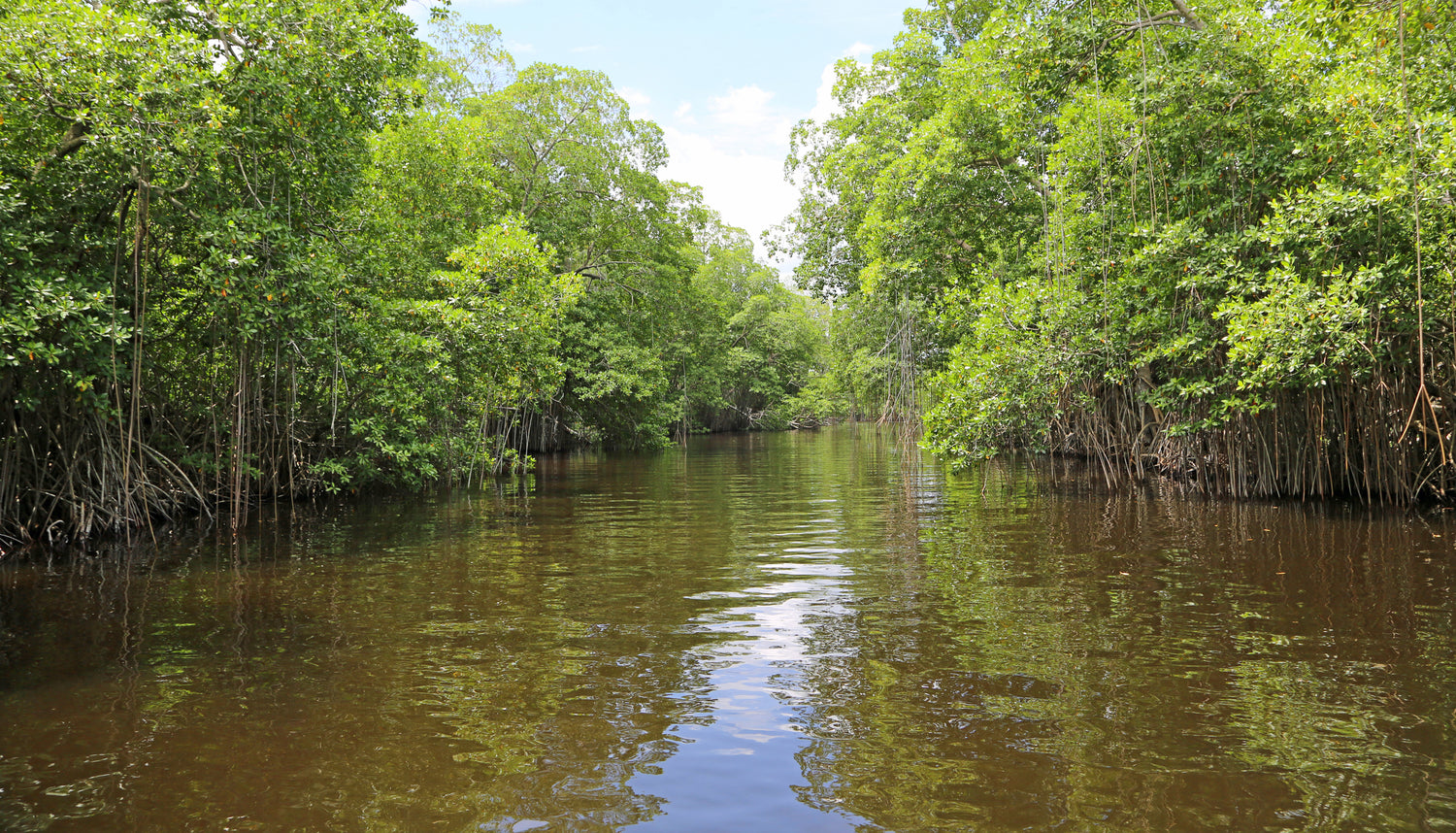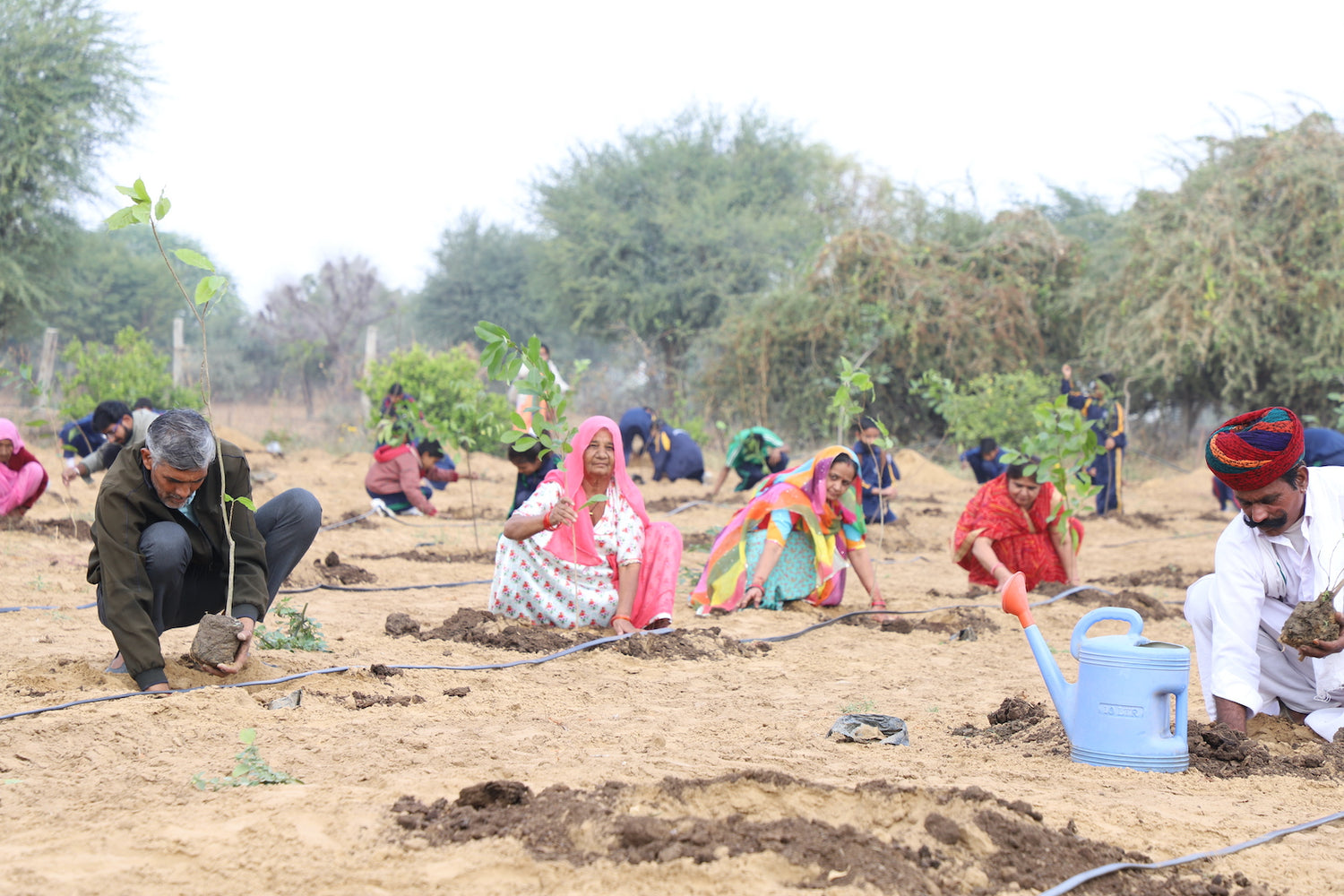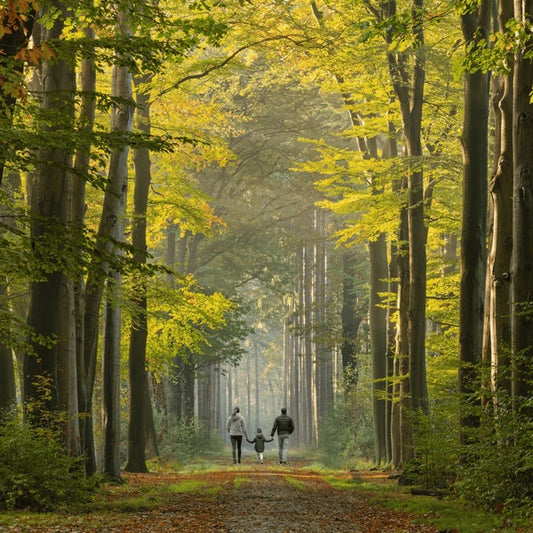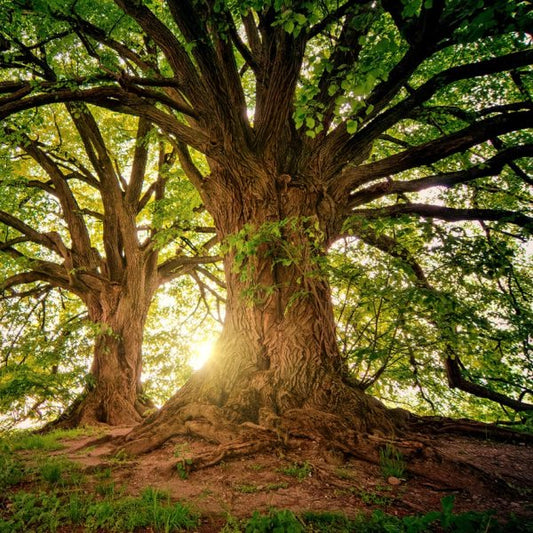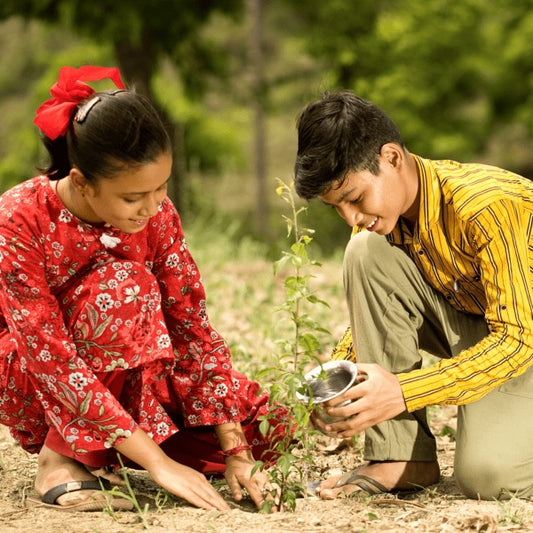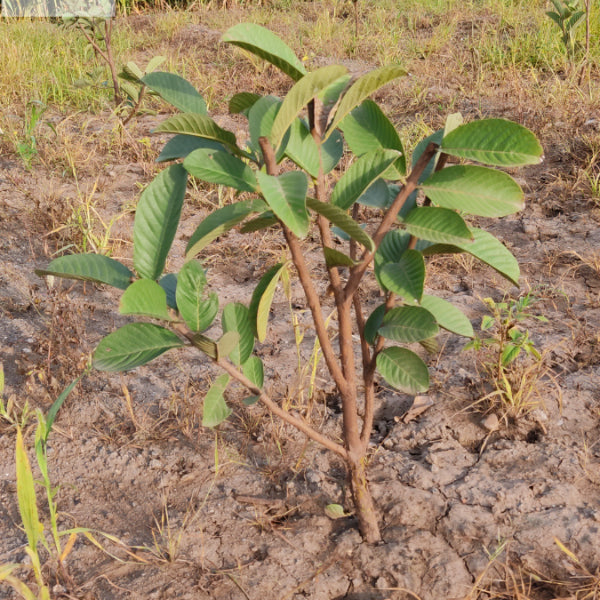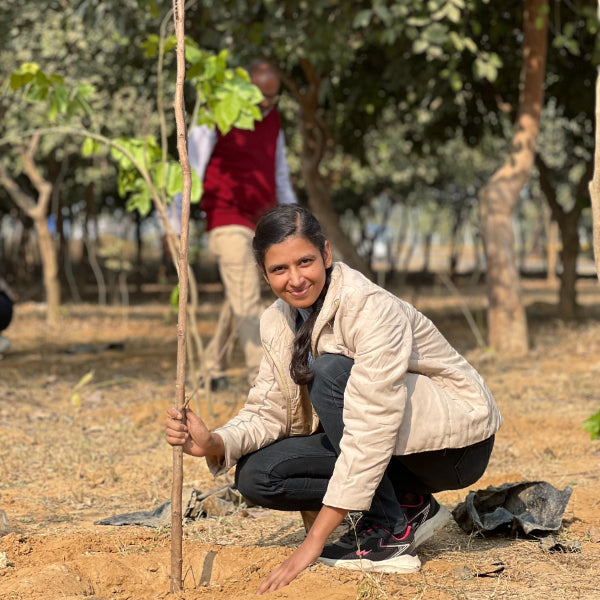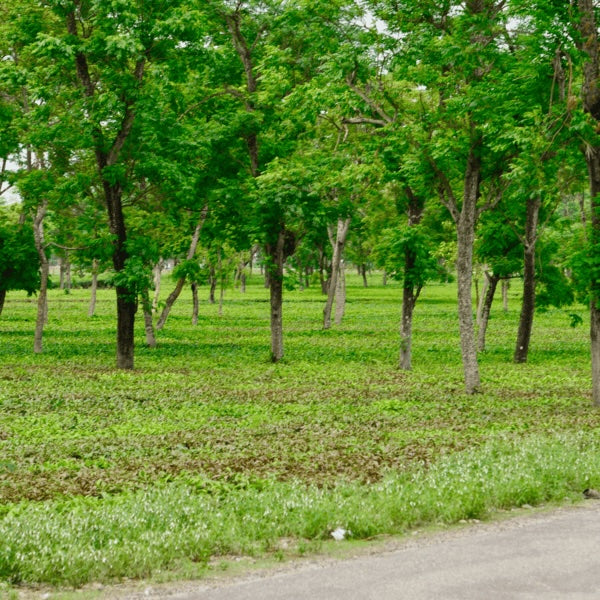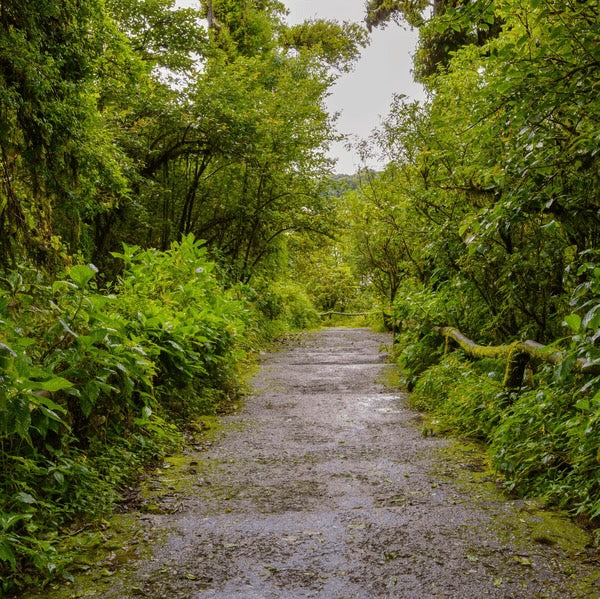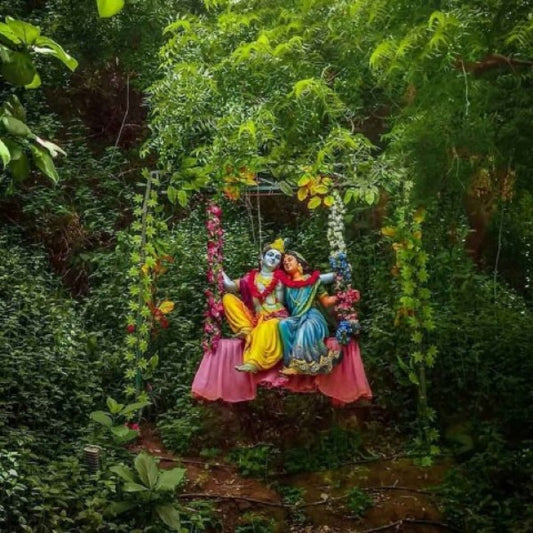Mangrove Sundarbans: The Royal Bengal Tiger’s Mangrove Home
The Sundarbans, a UNESCO World Heritage Site, is the largest mangrove forest in the world, spanning across India and Bangladesh. This unique ecosystem Read more
Connect with us
-
👥 Corporates
If you are looking for:
- 🌲 Tree Plantation Events
- 📊 CSR Projects
📧 corporate@growbilliontrees.com
📞 +91 9699723523
💬 +91 9325931304 WhatsApp (Only)
🕒 Mon - Sat | 10am - 7pm IST
-
🧩 Tree Plantation NGOs
If you are looking for:
- 💰 Financial Assistance
- 🤝 Operational Support
📧 support@growbilliontrees.com
📞 +91 9699723523
💬 +91 9325931304 WhatsApp (Only)
🕒 Mon - Sat | 10am - 7pm IST
-
🌼 Individuals
If you are looking for:
- 👥 Group Tree Plantation Drive
- 🌳 Bulk Tree Plantation
📞 +91 9699723523
💬 +91 9325931304 WhatsApp (Only)
🕒 Mon - Sat | 10am - 7pm IST
Trending
Trees for Corporates
Mangrove Sundarbans: The Royal Bengal Tiger’s Mangrove Home
The Sundarbans, a UNESCO World Heritage Site, is the largest mangrove forest in the world, spanning across India and Bangladesh. This unique ecosystem is not only a haven for biodiversity but also the home of the majestic Royal Bengal Tiger (Panthera tigris tigris). In this article, we will explore the significance of the Sundarbans, its environmental impact, and the efforts of organizations like Grow Billion Trees Partners in preserving this vital habitat.
Scientific Significance of the Sundarbans 🌍
The Sundarbans covers an area of approximately 10,000 square kilometers, with around 60% located in Bangladesh and the rest in India. This mangrove forest is characterized by its unique flora and fauna, including over 300 species of plants, 400 species of fish, and numerous birds, reptiles, and mammals. The Royal Bengal Tiger is the apex predator here, with an estimated population of around 100 individuals in the Indian part of the Sundarbans.
Fun Facts About the Sundarbans 🌟
- The name "Sundarbans" translates to "beautiful forest" in Bengali.
- It is home to the largest population of tigers in the world that live in a mangrove ecosystem.
- The Sundarbans is also known for its unique tidal waterways, mudflats, and small islands.
- It plays a crucial role in protecting the coastal areas from erosion and storm surges.
Historical Context 📜
The Sundarbans has a rich history that dates back centuries. It has been inhabited by various communities, including the indigenous people who have lived in harmony with nature. The region has faced numerous challenges, including deforestation, climate change, and human encroachment. The Royal Bengal Tiger has been a symbol of strength and resilience for the local communities, and efforts to conserve this species have gained momentum over the years.
Environmental Impact 🌱
The Sundarbans plays a critical role in maintaining ecological balance. The mangroves act as natural barriers against cyclones and flooding, protecting millions of people living in the coastal regions. They also serve as breeding grounds for various marine species, contributing to the local fishing economy. However, the region faces threats from climate change, rising sea levels, and pollution, which jeopardize its delicate ecosystem.
Conservation Efforts by Grow Billion Trees Partners 🌳
Grow Billion Trees Partners is dedicated to restoring and preserving the Sundarbans through various initiatives. Their projects focus on:
- Tree Planting: The organization actively engages in planting native mangrove species to restore degraded areas.
- Community Involvement: They work closely with local communities to promote sustainable practices and raise awareness about the importance of mangroves.
- Research and Monitoring: Collaborating with scientists and researchers to monitor the health of the ecosystem and the tiger population.
By executing these projects, Grow Billion Trees Partners not only contributes to the conservation of the Sundarbans but also empowers local communities to take an active role in protecting their environment. 🌍🤝
Conclusion 🌈
The Mangrove Sundarbans is a treasure trove of biodiversity and a critical habitat for the Royal Bengal Tiger. As we face increasing environmental challenges, it is imperative to support conservation efforts and organizations like Grow Billion Trees Partners that are committed to preserving this unique ecosystem. Together, we can ensure that the Sundarbans continues to thrive for generations to come. 🌳🐅
Mangrove Ecosystem
Welcome to the wild world of mangroves, where trees wear their roots like fashionable shoes and the water is a cocktail of salt and fresh! This unique ecosystem is a haven for biodiversity, providing a home for countless species, including our star, the Royal Bengal Tiger. Think of it as nature’s very own jungle gym, where every twist and turn hides a new adventure.
Royal Bengal Tiger Habitat
a lush, green paradise where the Royal Bengal Tiger struts its stuff like the king it is. The Sundarbans offer the perfect blend of mangroves and waterways, creating a royal playground for these majestic felines. With their stripes blending into the shadows, they’re the ultimate hide-and-seek champions of the animal kingdom.
Sundarbans Wildlife
The Sundarbans is like a wildlife buffet, serving up a smorgasbord of creatures from the elusive saltwater crocodile to the charming spotted deer. Each corner of this mangrove maze is teeming with life, making it a nature lover’s dream. Just remember, while you’re admiring the wildlife, they’re probably admiring you too—just from a safe distance!
Conservation Efforts
Saving the Sundarbans is like trying to keep a cat from knocking over a vase—challenging but oh-so-important! Conservation efforts are in full swing to protect this unique ecosystem and its inhabitants. From local communities to international organizations, everyone’s pitching in to ensure that the Royal Bengal Tiger and its mangrove home remain safe and sound.
Ecotourism in Sundarbans
Ecotourism in the Sundarbans is like a treasure hunt for nature enthusiasts. With guided tours and boat rides, you can explore the mangroves while keeping your carbon footprint as light as a feather. It’s the perfect way to enjoy the beauty of the Royal Bengal Tiger’s home while supporting conservation efforts. Just remember to keep your camera ready—you never know when a tiger might decide to photobomb your selfie!
Mangrove Conservation
Mangrove conservation is the superhero of the environmental world, swooping in to save coastlines and protect biodiversity. These coastal guardians not only provide a habitat for the Royal Bengal Tiger but also act as natural barriers against storms and erosion. So, let’s give a round of applause to mangroves for being the unsung heroes of our planet!
Biodiversity Hotspot
The Sundarbans is a biodiversity hotspot, where every nook and cranny is bursting with life. From vibrant birds to sneaky reptiles, this mangrove wonderland is a testament to nature’s creativity. It’s like a live-action documentary where the plot twists are as unpredictable as a tiger’s next move!
Climate Change Impact
Climate change is the unwelcome guest at the Sundarbans party, threatening to disrupt the delicate balance of this ecosystem. Rising sea levels and changing weather patterns could spell trouble for the Royal Bengal Tiger and its mangrove home. It’s a reminder that we all need to pitch in and help keep this party going!
Sundarbans River System
The Sundarbans river system is like the veins of this mangrove masterpiece, nourishing the ecosystem and providing a lifeline for its inhabitants. These winding waterways are essential for the Royal Bengal Tiger’s hunting grounds and the overall health of the mangrove forest. So, let’s raise a glass to the rivers that keep the Sundarbans thriving!
Mangrove Restoration
Mangrove restoration is like giving Mother Nature a much-needed spa day. By replanting and rehabilitating these vital trees, we’re helping to restore balance to the ecosystem and ensure a bright future for the Royal Bengal Tiger. It’s a win-win situation—nature gets a makeover, and we get to enjoy the beauty of the Sundarbans!
Sundarbans Tourism
Sundarbans tourism is the ultimate adventure for thrill-seekers and nature lovers alike. With its breathtaking landscapes and rich wildlife, it’s a destination that promises unforgettable experiences. Just remember to respect the local wildlife and leave no trace—after all, we want to keep this paradise pristine for future generations!
Cultural Significance
The Sundarbans isn’t just a home for tigers; it’s also steeped in cultural significance. Local communities have thrived here for generations, weaving their traditions and stories into the fabric of this unique landscape. Exploring the cultural heritage of the Sundarbans adds another layer of richness to your visit, making it a truly immersive experience.
You may like
Corporate Plantations
FAQ
What are the Sundarbans?
The Sundarbans are a vast mangrove forest in India and Bangladesh, home to the majestic Royal Bengal Tiger. Think of it as nature's own version of a royal palace, where tigers reign supreme amidst the lush greenery and winding waterways.
Why are mangroves important?
Mangroves are like nature's superheroes! They protect coastlines from erosion, provide habitat for wildlife, and even help combat climate change by absorbing carbon dioxide. Plus, they’re the ultimate party venue for all sorts of critters.
How many tigers live in the Sundarbans?
The Sundarbans are home to around 100 Royal Bengal Tigers, each one a fierce guardian of their mangrove kingdom. They’re like the exclusive VIPs of the forest, strutting their stripes and keeping the ecosystem in check.
What makes the Royal Bengal Tiger unique?
The Royal Bengal Tiger is a true fashionista of the animal kingdom, sporting a stunning coat of orange and black stripes. They’re not just pretty faces; they’re also excellent swimmers, making them the ultimate aquatic predators in the mangroves.
How do tigers survive in the mangroves?
Tigers in the Sundarbans are like nature’s ninjas, expertly navigating the dense mangrove forests and brackish waters. Their keen senses and stealthy hunting skills allow them to thrive in this unique habitat, proving that they’re more than just a pretty face.
What threats do the Sundarbans face?
The Sundarbans are under siege from climate change, deforestation, and human encroachment. It’s like a bad reality show where the mangroves are fighting for survival against all odds. We need to step in and save the day!
How can we help protect the Sundarbans?
You can be a mangrove superhero by supporting conservation efforts, spreading awareness, and even planting trees! Every little bit helps, and together we can ensure that the Royal Bengal Tiger continues to reign over its mangrove kingdom.
Are there any tours available in the Sundarbans?
Yes, there are plenty of tours that let you explore the enchanting Sundarbans! Just remember to keep your camera ready and your voice down; you wouldn’t want to disturb the royal residents while they’re lounging in their natural habitat.
What is the best time to visit the Sundarbans?
The best time to visit the Sundarbans is between November and February when the weather is cooler and the wildlife is more active. It’s like the perfect time for a royal safari, minus the royal attire!
Can I see tigers in the Sundarbans?
While spotting a Royal Bengal Tiger in the wild is a thrilling possibility, it’s not guaranteed. They’re elusive creatures, so keep your eyes peeled and your camera ready; you might just catch a glimpse of the king of the mangroves!
What role do local communities play in conservation?
Local communities are the unsung heroes of Sundarbans conservation. They’re the guardians of the mangroves, balancing their livelihoods with protecting the ecosystem. By supporting them, we can ensure a brighter future for both people and tigers.
Why should we care about the Sundarbans?
The Sundarbans are not just a tiger’s home; they’re a vital ecosystem that supports countless species and protects coastal communities. Caring for the Sundarbans means caring for our planet, and who wouldn’t want to be a part of that royal mission

